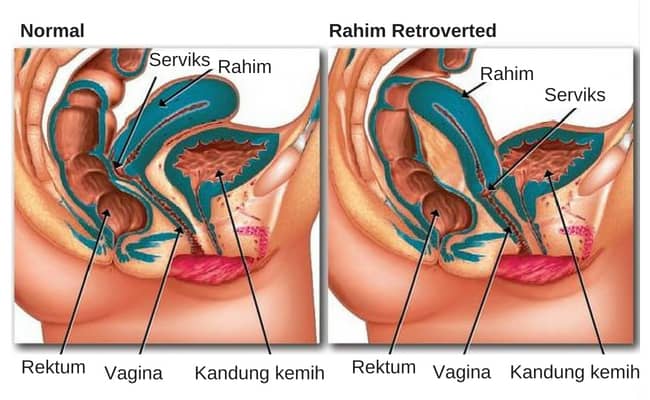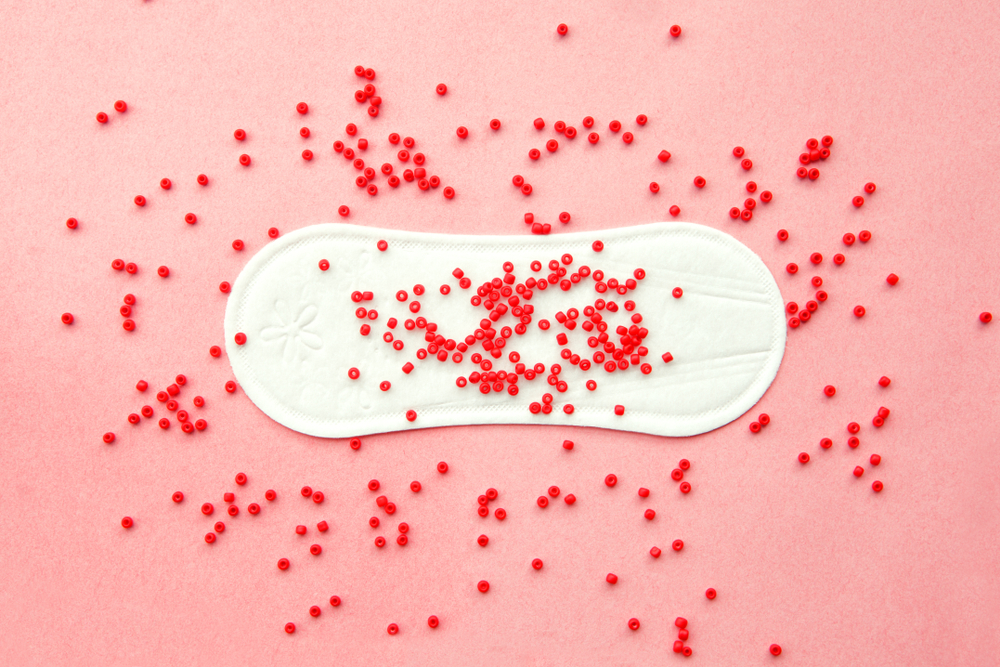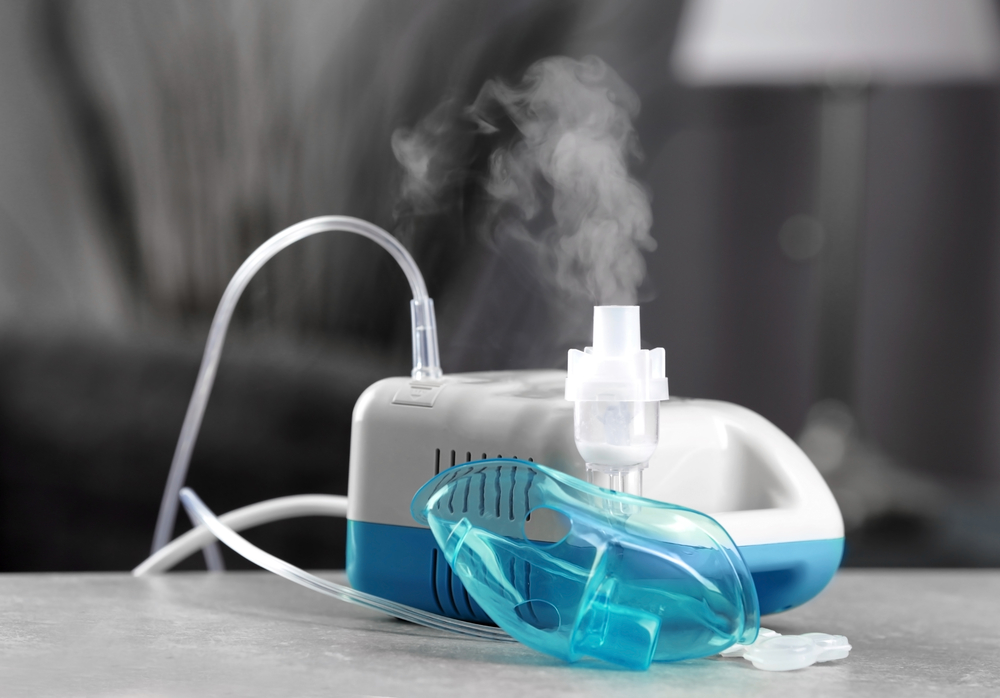Contents:
- Medical Video: How do I know what position my baby is inside of me, and where will I feel movement?
- What is a retroverted uterus?
- The characteristics of the uterus are tilted backward
- Sexual problems caused
- Then what treatment is needed if it is known to have the position of the uterus tilted backwards?
- 1. Movement of exercise
- 2. Using a pessary device
- 3. Surgery
Medical Video: How do I know what position my baby is inside of me, and where will I feel movement?
The uterus is an important organ in the female reproductive system. It is in this womb that the baby will stay in the mother's stomach. But some women apparently have an unusual uterine position, the uterus is tilted backwards (retroverted). So, what is the sign of a woman having a uterus tilted backwards?
What is a retroverted uterus?
The retroverted uterus is a condition of the uterus that is tilted to the back position of the cervix (cervix) rather than upright to the front. Even if seen, the retroverted uterus tends to stick to the large intestine and rectum.

This condition can affect more than 25 percent of women worldwide. Women with retroverted uterus can be caused from birth (congenital) or due to certain medical conditions such as, endometriosis, pelvic inflammatory disease, after pelvic surgery, and infection of the uterus.
The characteristics of the uterus are tilted backward
Generally, a retroverted uterus or tilted back does not cause problems. Some women who experience this condition do not experience symptoms, but some women may have noticed it.
The main symptoms of people who experience retroverted uterus are:
- Pain during intercourse or dyspareunia
- Pain during menstruation or dysmenorrhea
These symptoms do look too general, so some women don't realize it, and some women who have routinely performed a pelvic test to their pregnancy doctor may already know it. Other symptoms that can appear are:
- lower back pain or in the vagina during intercourse
- Urinary incontinence (unable to control urination)
- Frequent urination, because the bladder is depressed
- Urinary tract infection
- Fertility problems
- The appearance of a bulge in the lower abdomen
Sexual problems caused
Although most of these conditions are not dangerous, there are still some problems that might arise. One of them is a sexual problem that occurs because of the abnormal position of the uterus.
So, in women who have a uterus with a position like this it will cause the ovary and fallopian tubes to turn backwards. As a result, when penetrating, the penis can hit the reproductive organs, so often women experience pain during sexual intercourse (called collision dyspareunia) especially if the position of the woman is above (woman on top). In fact, not infrequently the position can tear the ligaments that surround the uterus.
Then what treatment is needed if it is known to have the position of the uterus tilted backwards?
If this oblique uterus causes problems, there are several treatment options that can be done. But if the condition does not cause any symptoms to you, there may be no need for treatment.
But you should first discuss the right options with your doctor. What is clear, treatment will be done also based on the causes of why the uterus is tilted. For example, if the cause is due to endometriosis, hormone therapy is needed. Treatment that can be done namely.
1. Movement of exercise
Doing certain movements regularly may help improve the position of the uterus that is tilted backwards. There are two movements that can be done to deal with this problem.
Chest-knee movement
Lie on your back with both knees bent and feet pressed to the floor. Slowly, lift one knee towards your chest. Gently pull with both hands. Hold this position for 20 seconds, release, and repeat with the other leg. This movement is not effective if the cause of uterine slope is caused by endometriosis, fibroid tumors or pelvic infections.
Pelvic contraction movements
This exercise works to strengthen the pelvic floor muscles. Lie on your back with your hands next to you in a relaxed position. Then lift your butt up. Inhale while lifting your butt off the floor. Hold and release when you exhale. Repeat 10-15 times.
2. Using a pessary device
This pessary is made of silicone or plastic. This tool is a small tool that will be inserted into the vagina to support the uterus in an upright position. Pessary can be used temporarily or permanently. However, suspected long-term pessary can cause infection.
3. Surgery
In some cases, surgery may be needed to reposition the uterus, and to reduce pain due to this uterine tilt. There are several different procedures in this surgery.
- Procedure for uterine suspension, ie surgery performed laparoscopically, through the vagina or outside the abdomen
- Uplift procedure, which is a laparoscopic procedure that takes about 10 minutes to lift the position of the uterus. This includes the latest surgical procedure to treat the position of the uterus.













